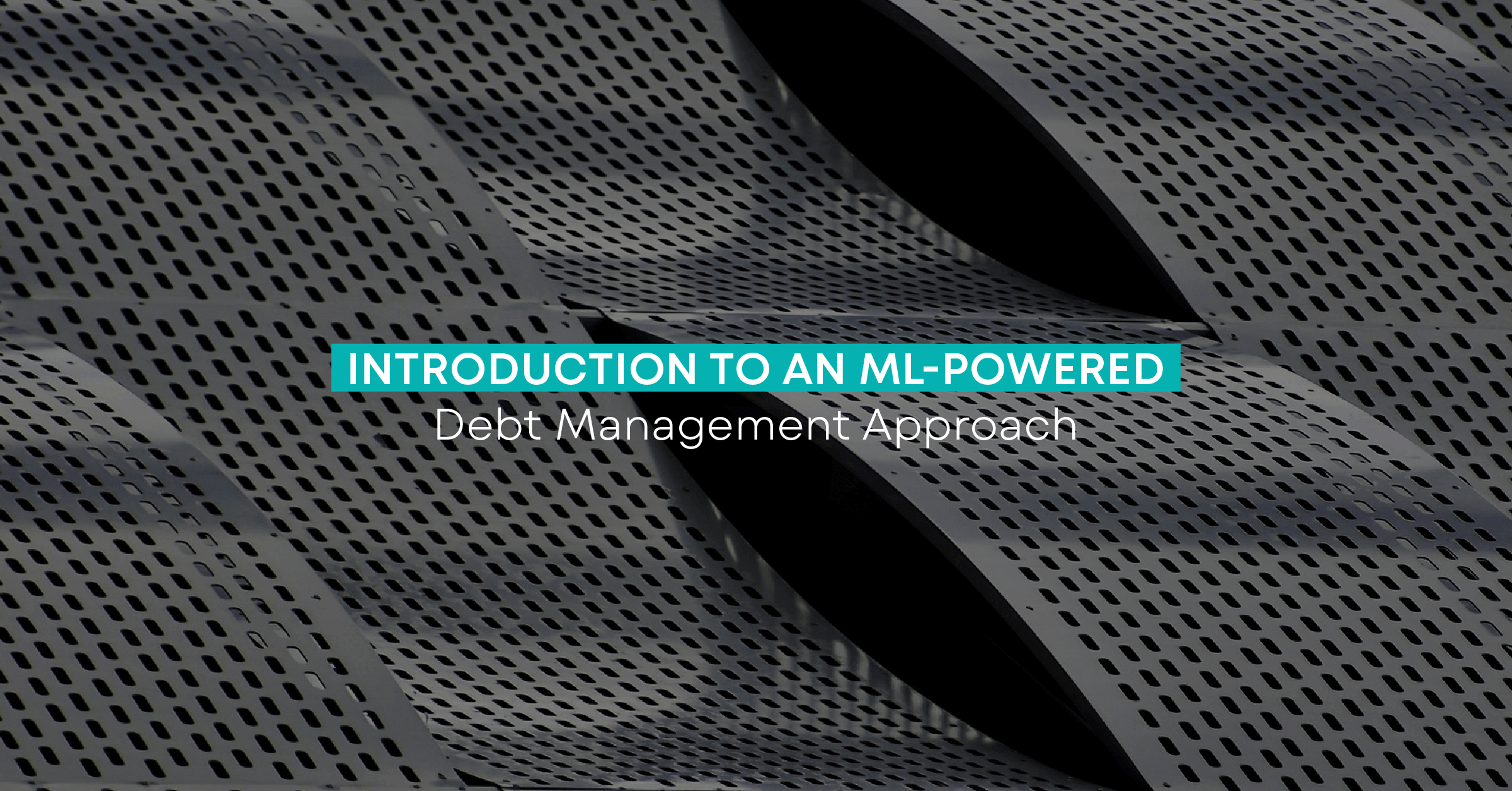QUALCO |
The debt challenge across Europe keeps unfolding, especially after many of the moratoria that were in place in the previous months ended. According to our NPL Outlook Europe 2021 report, global debt could exceed $360 trillion by 2030.
The problem
In that context, lenders need to have access to state-of-the-art technology to avoid major losses. Instead, the credit management industry is left behind the curve using outdated approaches and traditional risk models that only have access to limited or inappropriate data.
The solution
In today's ever-evolving, digital world, a more drastic approach is needed. A solution that will enable creditors to quickly do analyses of a vast amount of data from multiple sources; have access to insights about delinquency status, and ways to efficiently manage customers that default. All those requirements can be addressed with ML, which has started to modernise the whole debt collections lifecycle.
With ML, the industry is moving from the notion that collections are only about reminding customers to pay their overdue bills. By contrast, it goes beyond that and acts more like a bridge between the creditor and the customer, by suggesting a way out of the crisis. Finally, as expected with any new technology, ML is about to increase efficiency in the overall process of debt collections and release resources that could spend more time in high-value activities.
In case you are wondering how ML will continue to reshape the sector in the coming years, below you may find the most important areas:
Early warning of at-risk customers
Debt collections have always implemented a reactive approach, by trying to gather losses after a customer defaulted. However, creditors have realised that the earlier they contact customers, the more likely they are to track failures and customers that could potentially miss their payments.
This reactive approach is subject to change, especially the past couple of years and ML has a big deal to do with it. That is because ML can analyse a vast amount of data and recognise patterns that could indicate at-risk customers before the event. What is vital in this part, is that ML can adapt when conditions change, meaning it can add new data and re-run the analysis in real-time so that lenders can form a new strategy in a blink of an eye. Traditional risk models don’t provide this possibility.
Refined segmentation for personalisation
There are various ways of segmenting customers in debt collections. A few potential factors could be the following:
The combination of both quantitative data, such as age and gender, with qualitative data, such as past behaviour has always been much more successful at defining segments. This also enables creditors to reach out to their customers at the right time, using the right channels.
One of the main reasons that ML is transforming how debt is collected is that it empowers lenders to understand better their customers. And at a later step, they now have the “knowledge” of putting them in the appropriate segment according to their unique characteristics. This is of increasing importance, as each customer needs a different treatment approach based on their financial status.
Last but not least, as ML keeps learning, the profiles of each customer will become even more precise, allowing creditors to refine their strategies further according to the circumstances.
Enhanced customer experience
Reinventing the way financial institutions reach out to customers is an essential step towards a more efficient debt collection process. As technology develops and customer behavior is becoming increasingly digital, the telephone is not working anymore. Instead, customers prefer to be engaged in more modern ways such as via social media, emails, text messages, mobile apps and the list goes on.
ML can lead to an optimised debt collection process not only by picking a different contact channel but also by providing insights on when to contact the customer and with what message. While these elements are affected by various factors, ML can provide the above answers to enhance customer engagement.
Roadmap for ML implementation
So, where do financial institutions start for the successful implementation of this technique?We have compiled a shortlist with the necessary steps below:
Tech Mahindra together with QUALCO, proactively optimise collections process across the Financial Services (FS) customer journey. We utilise the most suitable contact channels and then offer contextual solutions that ensure customer and business sustainability while enhancing the value of collections.
